This grandiose tragedy that we call modern art
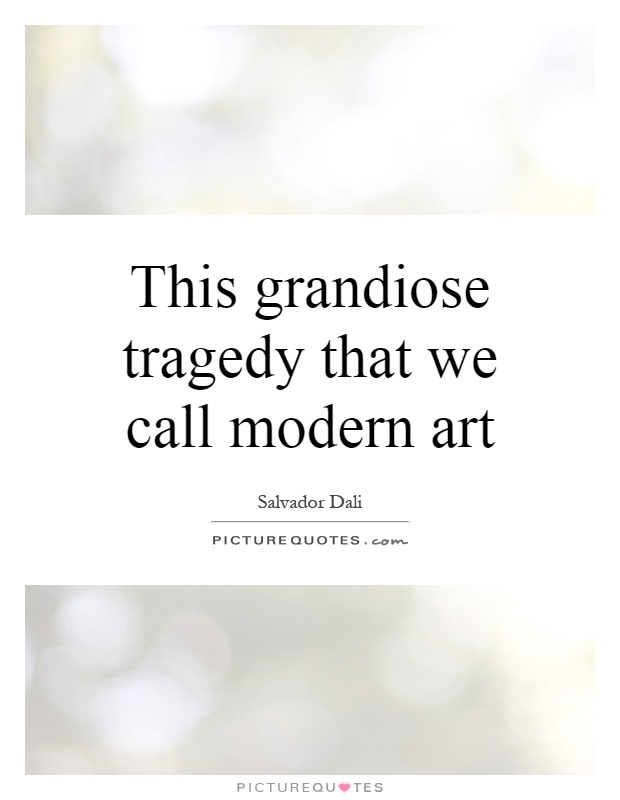
This grandiose tragedy that we call modern art
Salvador Dali is often considered one of the most iconic and controversial figures in the world of modern art. His surrealist works have captivated audiences for decades, pushing the boundaries of traditional art and challenging viewers to think outside the box. However, Dali's work has also been the subject of much criticism and debate, with many questioning the true meaning and value of his grandiose and often bizarre creations.One of the key criticisms of Dali's work is its perceived lack of substance and meaning. Critics argue that his paintings are nothing more than a collection of random and disjointed images, lacking any coherent message or purpose. Dali's use of dream-like imagery and symbolism has been seen by some as nothing more than a gimmick, designed to shock and provoke rather than to truly engage with the viewer on a deeper level.
Furthermore, Dali's flamboyant personality and self-promotion have also been a source of controversy. His eccentric behavior and outlandish statements have often overshadowed his artistic talent, leading many to dismiss his work as nothing more than a publicity stunt. Dali's larger-than-life persona and penchant for self-aggrandizement have led some to question the sincerity and authenticity of his art, wondering if it is all just a facade designed to attract attention and fame.
Despite these criticisms, there is no denying the impact and influence of Dali's work on the world of modern art. His unique style and innovative techniques have inspired countless artists and continue to captivate audiences around the world. Dali's ability to blend the real with the surreal, the rational with the irrational, has pushed the boundaries of artistic expression and challenged conventional notions of beauty and meaning.

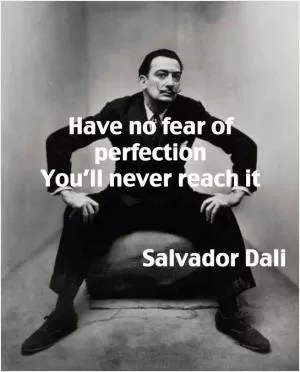
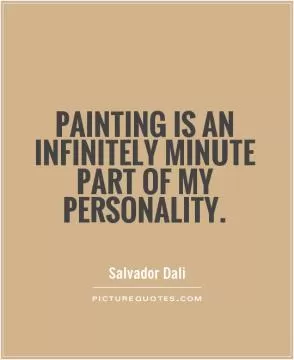
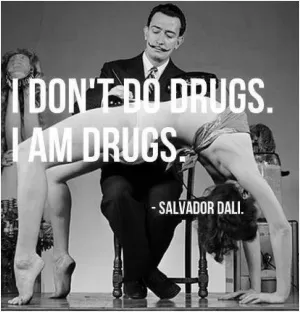
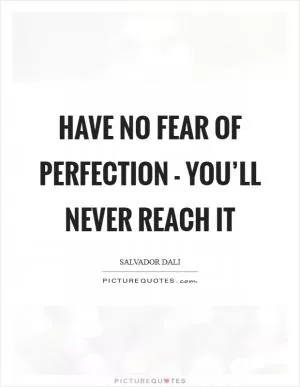
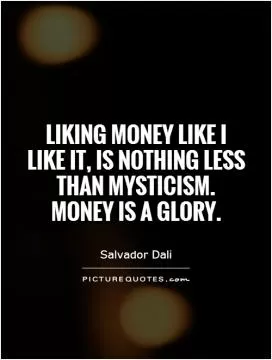




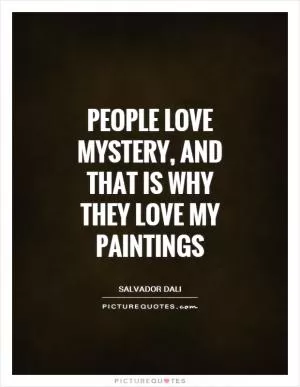

 Friendship Quotes
Friendship Quotes Love Quotes
Love Quotes Life Quotes
Life Quotes Funny Quotes
Funny Quotes Motivational Quotes
Motivational Quotes Inspirational Quotes
Inspirational Quotes